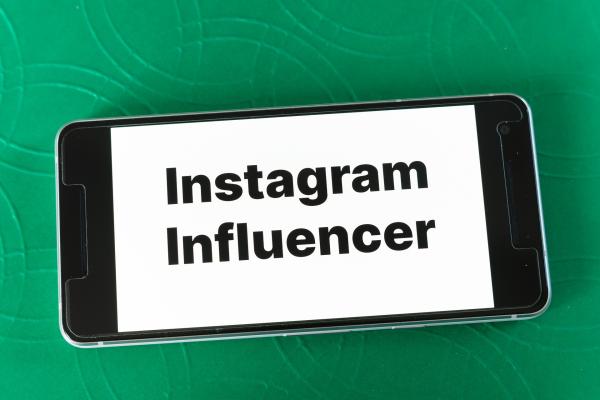“Celebrities are particularly influential. On social media, celebrities are perceived as fellow users but also as more credible than ordinary users and more trustworthy than television advertisements. Celebrity posts can influence viewers through attitude alignment, social connection, and positive meaning transfer from likable people to the foods and beverages that they depict.”
To look at the nutritional value of products shown by influencers, researchers identified 181 highly followed athletes, actors, television personalities, and musical artists on Instagram. Why Instagram? 500 million daily active users including 72% of US teens and images – lots and lots of pictures. With their 181 influencers identified, the dataset consisted of the 30 more recent posts featuring food or beverage, excluding videos and stories, leaving about 20 posts per celebrity and 3065 altogether. The researchers identified explicitly sponsored posts and based their dietary assessment of posted images of food and beverages on the USDA Food and Nutrient Database for Dietary Studies. They assigned each food or beverage a nutritional score
- The Nutrient Profile Index (NPI) is a UK scoring system based on sugar, salt, calories, fiber, saturated fats, protein, and fruit or vegetable content. Foods with a score of 64 or less (70 for beverages) “are considered less healthy and are unlawful in traditional media advertisements to youths.” This restriction applies only in the UK
- A front-of-the-package traffic light considering sugar, salt, saturated and total fat. Green is good; red is bad.
Findings
- 36% of influencers were actor or television personalities, 35% musicians, 38% athletes, 56% male, median age 32 with an aggregate of 5.7 million followers
- Those 3065 media posts featured 2467 foods and 2713 beverages
- Among foods, posts for snacks and sweets were threefold more frequent than fruit, which was followed by proteins, “mixed dishes,” vegetables, and grains
- Among drinks, half were alcoholic (surprise!), followed by coffee, tea, sweetened beverages, and water.

- 87.3% of influencers offered up less than healthy foods, 7% depicted no foods, and the remaining 5% offered up nutritious suggestions, at least based on the NPI scoring
- 89.5% of influencers offered up less than healthy beverages, 6.6% depicted healthier ones
- When using those front-of-the-package traffic lights, the foods had more sugar and fats, in that amber to red traffic light range as determined by government regulation
- Actors, television personalities, musicians, and athletes showed no difference in their unhealthy food influences. For beverages, musicians were a bit worse with more sugary depictions. There were no differences in depictions of alcoholic beverages.
- Male and female influencers were equally unhealthy, although women favor sugar and men, salt, and less fiber. Males posted more images of alcohol than females.
Of course, the conspiratorial would suggest that none of this is a surprise; after all, Big Food must be lurking in the background. But only 4.8% of these images were explicitly marked as sponsored. Foods were equally unhealthy, sponsored or not, but sponsored beverages were a different story. Alcoholic beverages were two-thirds of the sponsored influences and their alcohol content twice that found in non-sponsored posts – so Big Alcohol does exert its influence on the influencers.
There are a few conclusions we might draw from all these dots. If we believe influencers post from their own experience, their nutritional choices are problematic. More importantly, they may well reflect a cultural dietary pattern. This idea is bolstered by the fact that:
"food posts with less healthy nutrition scores were associated with increased likes and comments from followers, indicating greater social approval."
More importantly, it demonstrates that our restrictions on advertising have not been applied to social media. Nearly all of those foods depicted could not be used in advertising to “youths” in the UK. Now, I am not saying that advertising restrictions are effective or not and therefore should be enforced or not. I am simply pointing out how the media changes far more quickly than our legislative efforts.
Source: Nutritional Analysis of Foods and Beverages Posted in Social Media Accounts of Highly Followed Celebrities JAMA Network Open DOI: 10.1001/jamanetworkopen.2021.43087




